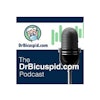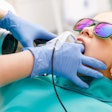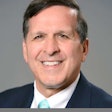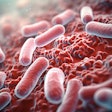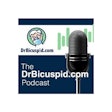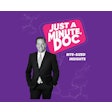U.S. lawmakers should continue funding oral disease prevention programs in Native American communities, Matthew Neary, DDS, chairman of the ADA's Council on Government Affairs, said during testimony before the U.S. House of Representatives May 3.
The Indian Health Service's (IHS) Early Childhood Caries Initiative, a program designed to determine the level of disease and the best prevention methods, must receive adequate funding if it is to continue its valuable work, Dr. Neary said.
Testifying before the House Interior Subcommittee on Appropriations, Dr. Neary asked that Congress accept the Obama administration's request to increase the program's funding by $726,000.
"We cannot 'drill and fill' our way out of dental disease," he said. "But we can prevent it -- which is a more cost-efficient and a better way of reducing oral disease."
Dr. Neary expressed the ADA's position on several other IHS issues, including:
Adequately funding the IHS electronic dental record (EDR) system.
The importance of following up on earlier congressional allocations to upgrade modular dental facilities throughout Indian country. Despite the fact that there are at least 27 dental units on a waiting list, no money has been spent to replace them for the past three years, according to the ADA. Dr. Neary asked subcommittee members to allot $1 million toward new facilities.
Expanding the existing eight IHS dental clinical and preventive support centers. Staff workers at the centers in this program are trained to assist in establishing and maintaining community-based programs to prevent dental disease. The ADA recommended increasing the current funding by $1 million, to $3 million, and designating the funding to be used by the director of the IHS Headquarters Division of Oral Health.
According to Dr. Neary, IHS was not able to reach its fiscal year 2010 goal of servicing 25% of the population who utilize the IHS healthcare system. Only through determined effort will lawmakers, IHS, tribal officials, and dentists be able to significantly reduce dental disease in Indian country, he concluded.



